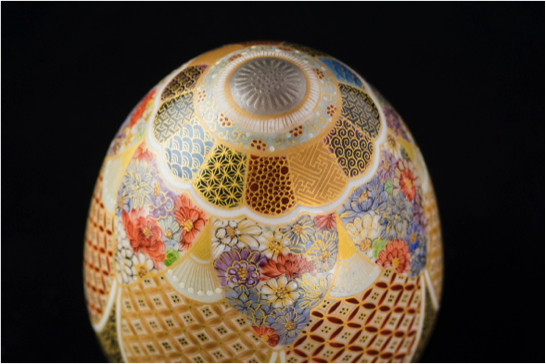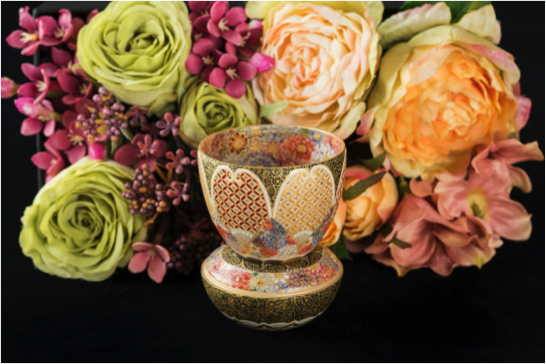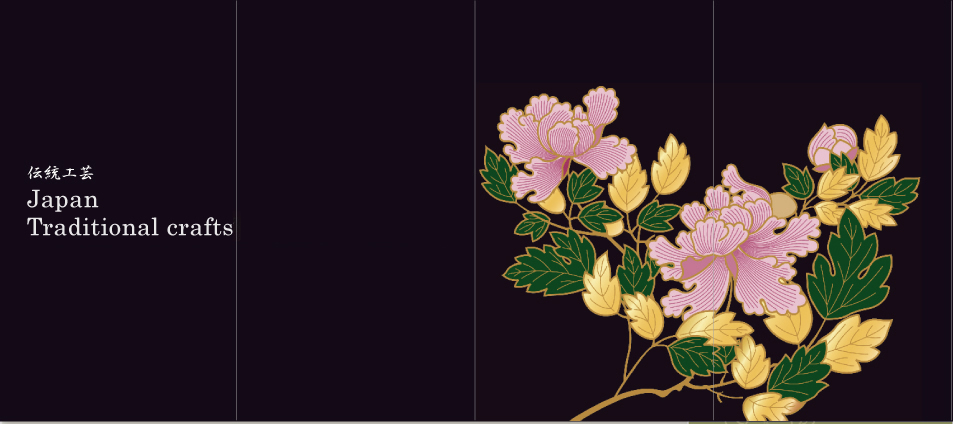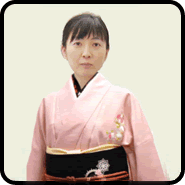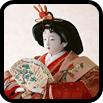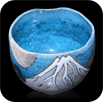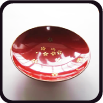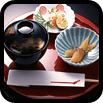Introduction
“Guidance of private museum’s tours”
If you are interested in Japanese arts or traditional crafts, don’t miss this tour.
Experts will guide you around some of the greatest museums in Japan.
We hope to make your trip more enjoyable.
We will not only take you to the famous tourist attractions, but also great art museums that are not known locally.
There, you can get a detailed explanation from the experts who have a lot of knowledge about the works.
We will assure you that you can get a wonderful experience!
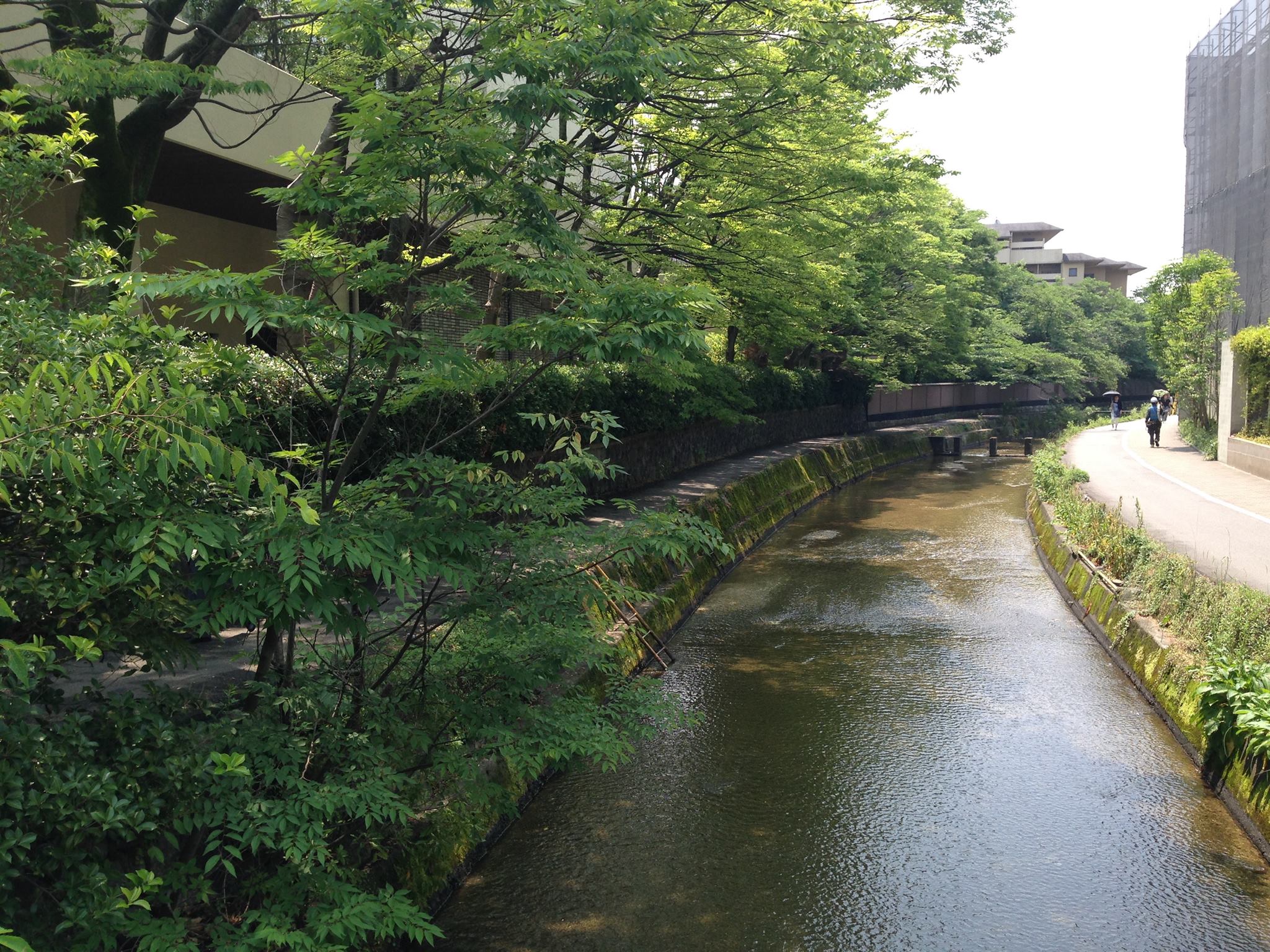
We offer some basic plans. However, it is possible for us to come up with a custom plan just for you.
If we can discuss it beforehand through email and Skype.
Please check out these videos. Let’s find your favorite places. We strongly recommend it!
We’re currently offering a free trials for a limited-time only until the service is officially set up. All you have to do it.
“Namikawa Cloisonne Museum Tour”
If you are interested in beautiful pottery, we highly recommend “Namikawa Cloisonne Museum”in Kyoto.
Yasuyuki Namikawa is a Shippo (Cloisonne ware) artist from Kyoto who represents the 1900s in Japan.
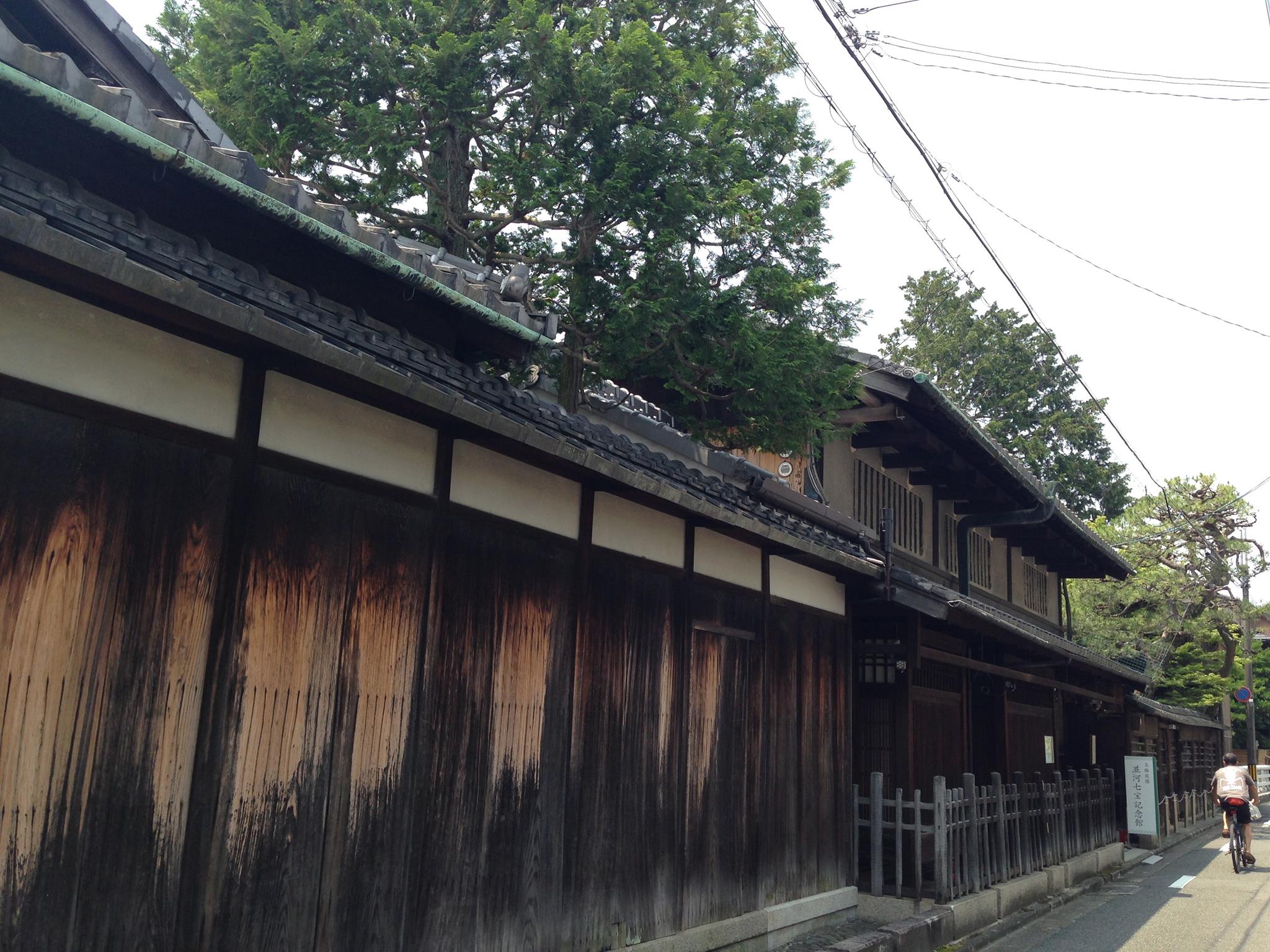
Shippo has been widely known as “Namikawa” all over the world and his artworks have been appreciated among selective collectors.
The artworks are small, but the wonderful designs and sense of color are original. We feel strong impression from the delicate, elegant these artworks.
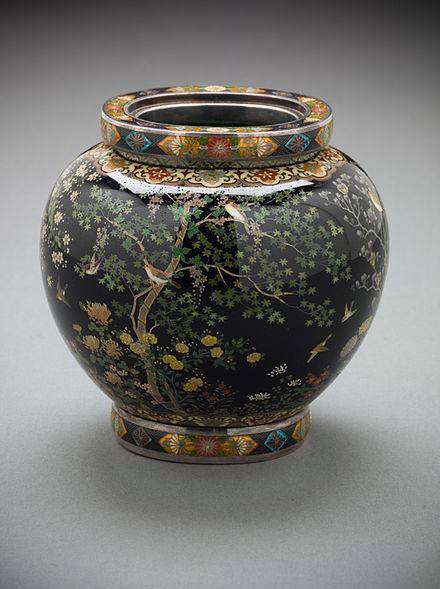
Shippo is created by such delicate handmade and needs such a long time to be made that there are not so many of them left and they are very valuable.
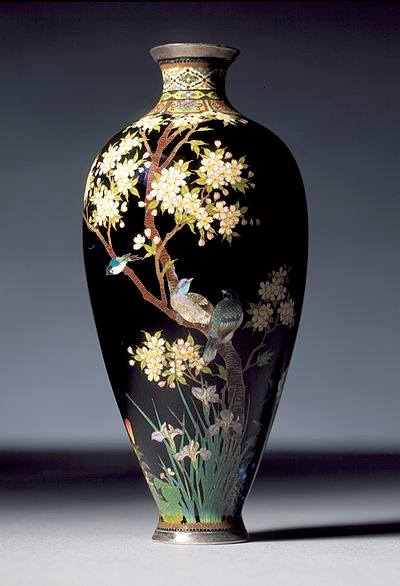
We can see his splendid work in Namikawa Cloisonne Museum. The museum has 130 works of his precious works and has the most number of his works in Japan. We can see a part of the 130 works.
He used a technique of cloisonne enamel ware called ‘yusenshippo’. The technique, which requires a high level, divides colors with thin metal lines.
The designs drawn have various motifs ranging from the beauties of nature (“Kachofugetsu” in Japanese” to famous places in Japan. They are all delicate pictures as if they were drawn with pencils.
You can enjoy seeing highlight which not only the wonderful artworks but also the museum building and the famous garden of the museum.
There are a Kyoto style old house called Kyo-machiya(Kyoto style old house) and a kiln which were built in 1894.
Since they are left as just like those days, we can imagine the scenery of him working scenery of in Namikawa.
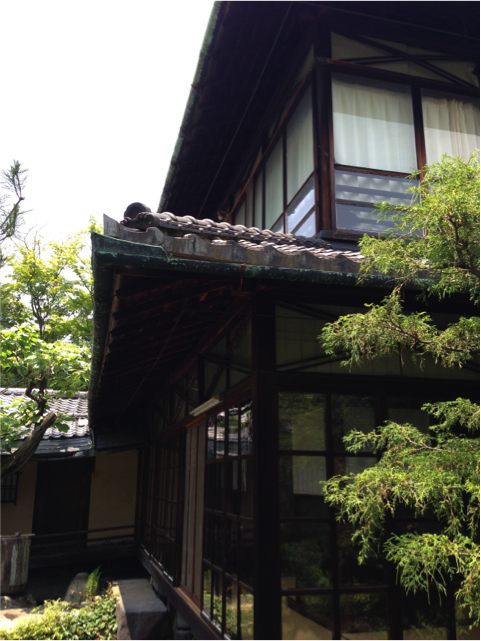
Namikawa affected the Japanese ceramic art writer of the later times.
For enquires of museum tour or parish of pottery , please email : info@tosaika.com
One of those is a woman of ceramic artist “Kunyo” .
If you make a reservation before, you can touch our ceramics.
Other art works is click more,
http://tosaika.com/category/作家/空女先生/
“Egg-shaped Ware Kyo-Satsuma”
This egg-shaped ware reproduces this miraculous technique and has even made an evolution.
Please take a close look at this thin texture like a real egg.
It is very difficult to make the surface this thin, and a superhuman technique is necessary to draw this detailed leaf valve and designs.
All the items are handmade, and the same design does not exist.
It is the only original ware in the world.
This Kyo-Satsuma ware is said to have originated from Satsuma ware.
In 1867, Japan participated in the Paris Expo, and the Japanese traditional crafts that were submitted there received critical praise.
Satsuma ware received the highest evaluation in particular among these Japanese traditional crafts.
The gold colorful ware was a hot seller and since then, it became one of the most popular products in Japanese export products.
Kyo-Satsuma ware was originally based on Satsuma ware which was made in Kyoto, refining its design by craftsmen who had exquisite techniques.
They had more delicate and elegant features compared to the original Satuma ware, so it captured the hearts of Westerners almost immediately.
They were actually more popular than the original Satuma ware among Westerners at the time. However, they were hardly made afterwards in Japan.
